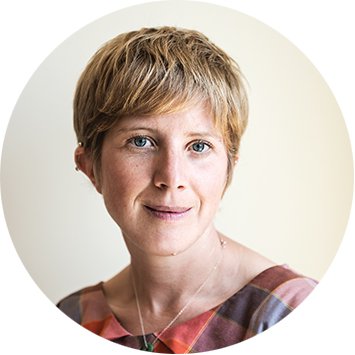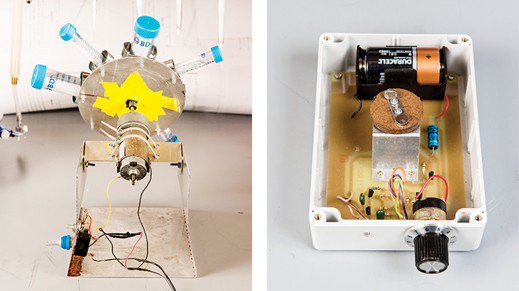Biotechnology & medicine
Lina Nilsson
Lowering the cost of basic biological research.
Photographs by Winni Wintermeyer; Winni Wintermeyer
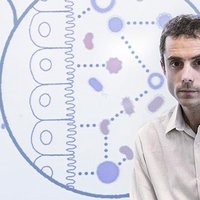
Europe
Bernat Ollé Pocurull
A Pill Filled with Bacteria Instead of Drugs
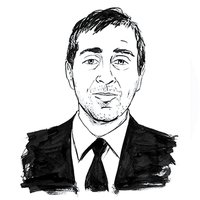
Global
Balaji Srinivasan
Screening prospective parents for recessive diseases could be the first big hit in clinical genomics.
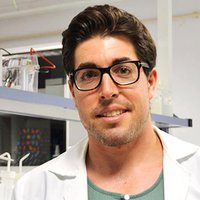
Europe
Miguel González Andrades
Progress in the treatment of corneal blindness
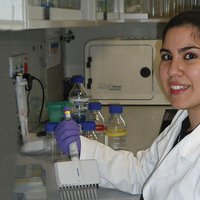
Latin America
Melissa Rodríguez
Wireless monitoring of water pollutants through a biosensor network
